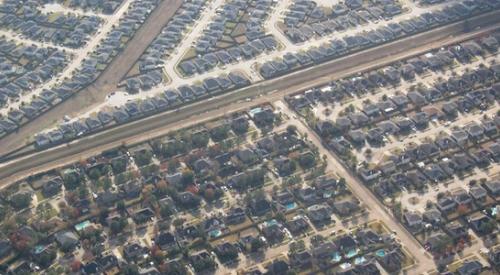A new study of domestic migration patterns in the U.S. shows the ways in which some of the most attractive and expensive urban centers are becoming gentrified by income and education levels. California's Bay Area was cited as a major example of this trend.
BuildZoom economist Issi Romem's analysis of migration data from the Census Bureau and Zillow found that the most appealing and price-exclusive metros continue to attract the highest-earning and highest-educated in-migrants, what he calls "positive income sorting." These new buyers in metros help drive up rising home prices, excluding others who can't afford the cost. Romem also posited that these migration patterns have created "a new class distinction between renters and current property owners who benefit from seemingly endless future demand," Curbed reports.
For instance, Romem found a greater prevalence among urban in-migrants of dual-earner couples, and statistics suggest households with fewer earners, such as single-parent families, may be leaving. He held up Sacramento, which has fewer earners per household among its in-migrants than its out-migrants, as an example, due in part, he surmises, to its role as a destination for Bay Area residents looking for cheaper housing.













